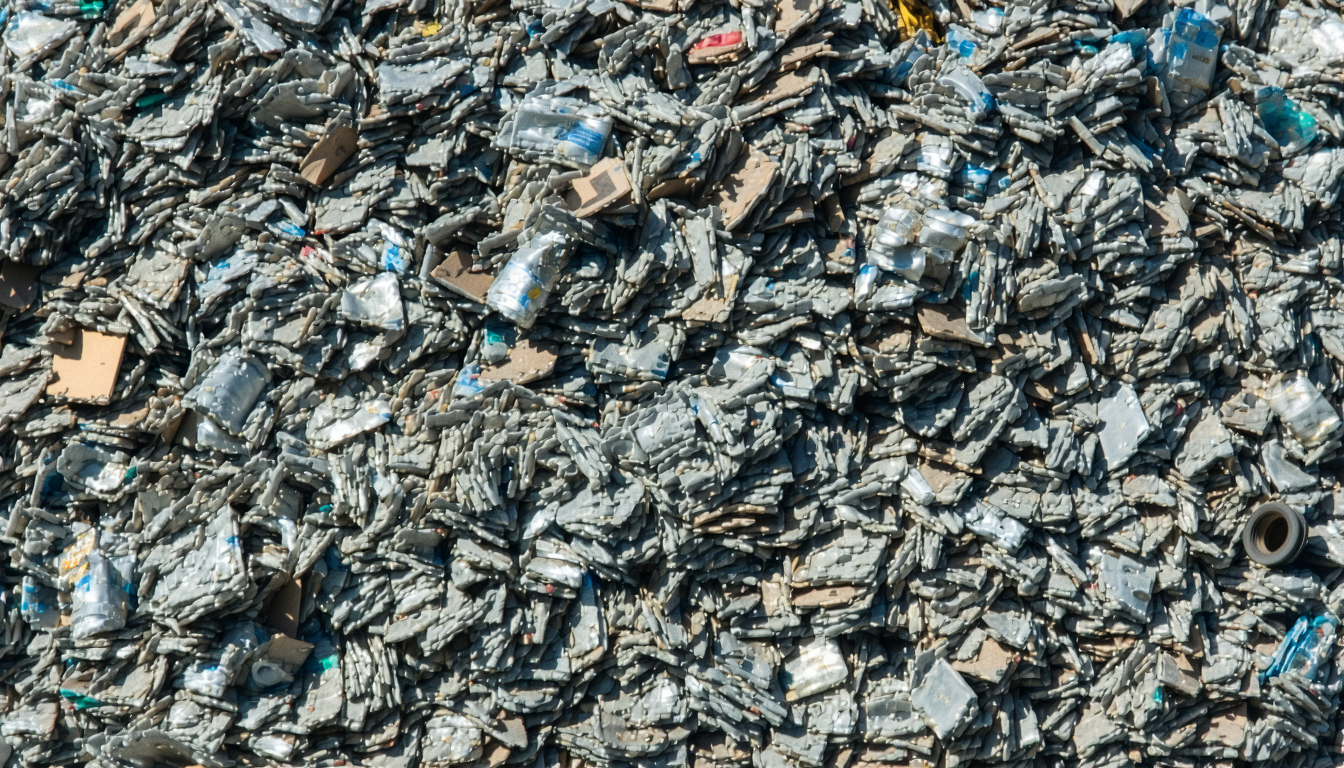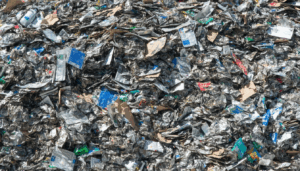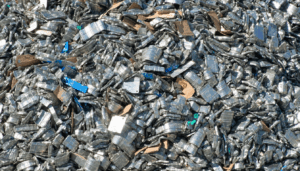In recent years, scrap metal recycling has emerged as a cornerstone of sustainable industry practices in the United States. With growing environmental concerns and economic incentives, this sector is witnessing significant advancements and policy shifts. This article explores the latest trends, data, and impacts of scrap metal recycling across the nation, shedding light on how it shapes industries, supports green initiatives, and influences local economies. From new regulations to technological innovations, we uncover the driving forces behind this vital practice and its future potential.
The Rise of Scrap Metal Recycling in the U.S.
Scrap metal recycling in the United States has seen a remarkable uptick, fueled by heightened awareness of resource conservation. According to the Institute of Scrap Recycling Industries (ISRI), the U.S. recycled over 50 million metric tons of ferrous and non-ferrous metals in 2022 alone. This not only reduces landfill waste but also conserves energy, as recycling metal uses up to 74% less energy than producing new metal from raw ore.
The surge is also driven by rising demand for recycled materials in manufacturing sectors like automotive and construction. As companies aim to meet sustainability goals, recycled metals have become a preferred choice. This trend reflects a broader shift toward a circular economy, where resources are reused to minimize environmental impact.
Economic and Environmental Impacts
The economic benefits of scrap metal recycling are substantial for American communities. The industry supports over 500,000 jobs nationwide, contributing approximately $117 billion annually to the economy, per ISRI’s 2023 report. Small businesses and large-scale operations alike thrive by collecting, processing, and selling scrap metals like steel, aluminum, and copper.
Environmentally, the impact is equally profound. Recycling one ton of steel saves 2,500 pounds of iron ore and 1,400 pounds of coal, significantly cutting greenhouse gas emissions. “The environmental benefits of scrap metal recycling cannot be overstated,” says John Smith, a sustainability expert at GreenTech Solutions. “It’s a direct path to reducing our carbon footprint while meeting industrial demands.”
Technological Innovations Driving Efficiency
Advancements in technology are transforming how scrap metal is processed in the U.S. Automated sorting systems and AI-driven machinery now identify and separate metals with unprecedented accuracy. These innovations reduce labor costs and improve the quality of recycled materials.
For instance, shredding technologies have evolved to handle complex materials like electronic waste, extracting valuable metals efficiently. Companies adopting these tools report up to a 30% increase in output, according to a 2023 study by the National Recycling Coalition. Such progress ensures that even small-scale recyclers can compete in a growing market.
Policy Shifts and Regulatory Updates
Government policies play a crucial role in shaping the scrap metal recycling landscape. In 2023, several states introduced stricter regulations on metal theft—a persistent issue for the industry—while offering tax incentives for recycling businesses. The federal government is also exploring tariffs on imported metals to boost domestic recycling efforts.
These measures aim to protect local economies and ensure a steady supply of raw materials for American manufacturers. However, some stakeholders worry that overregulation could burden smaller operations. Balancing enforcement with support remains a key challenge for policymakers.
Challenges Facing the Industry
Despite its growth, scrap metal recycling faces hurdles that could slow progress. Fluctuating global metal prices often affect profitability, making it hard for recyclers to predict revenue. Additionally, contamination in scrap loads—such as plastics mixed with metals—reduces material value and increases processing costs.
Addressing these issues requires collaboration between industry players and regulators. Potential solutions include:
– Public awareness campaigns to improve waste segregation.
– Investments in advanced sorting technologies.
– Financial support for small-scale recyclers to upgrade equipment.
Future Outlook for Scrap Metal Recycling
Looking ahead, the future of scrap metal recycling in the United States appears promising yet complex. As industries push for net-zero emissions by 2050, demand for recycled metals will likely soar. Experts predict that innovations in recycling processes could further lower costs and enhance efficiency over the next decade.
However, global competition for scrap resources may intensify, requiring strategic planning from U.S. policymakers. “We must invest in infrastructure and education to stay ahead,” notes Sarah Johnson, an economist at MetalWorks Research Group. A proactive approach will be essential to sustain growth.
Conclusion
Scrap metal recycling stands as a vital pillar of sustainability and economic strength in the United States. With impressive contributions to job creation, energy conservation, and emission reductions, it addresses pressing environmental challenges while supporting industries nationwide. Though obstacles like price volatility and regulatory pressures persist, technological advancements and policy support offer hope for continued progress. As America moves toward a greener future, this industry will play an increasingly central role in shaping a circular economy.
Frequently Asked Questions (FAQ)
1. Why is scrap metal recycling important in the U.S.?
It reduces landfill waste, conserves natural resources, saves energy, and supports hundreds of thousands of jobs while contributing billions to the economy.
2. What types of metals are commonly recycled?
Commonly recycled metals include steel, aluminum, copper, brass, and iron, often sourced from vehicles, appliances, and construction materials.
3. How can individuals contribute to scrap metal recycling?
Individuals can separate metal waste from other trash, take items to local recycling centers, and avoid contaminating loads with non-metal materials.
4. What challenges does the industry face?
Key challenges include fluctuating metal prices, contamination of scrap loads, and regulatory burdens that can impact smaller recycling operations.





